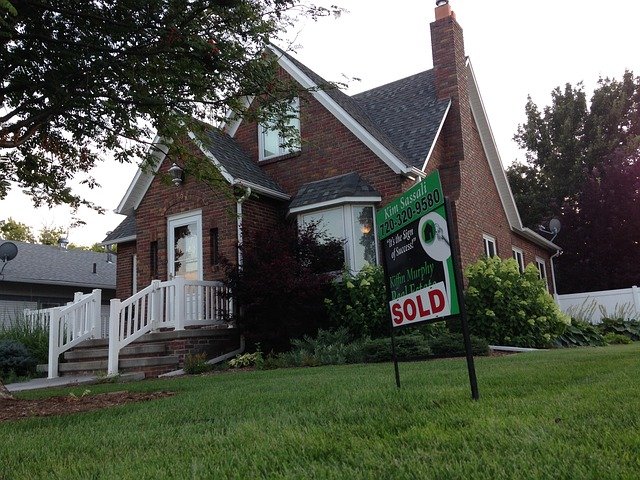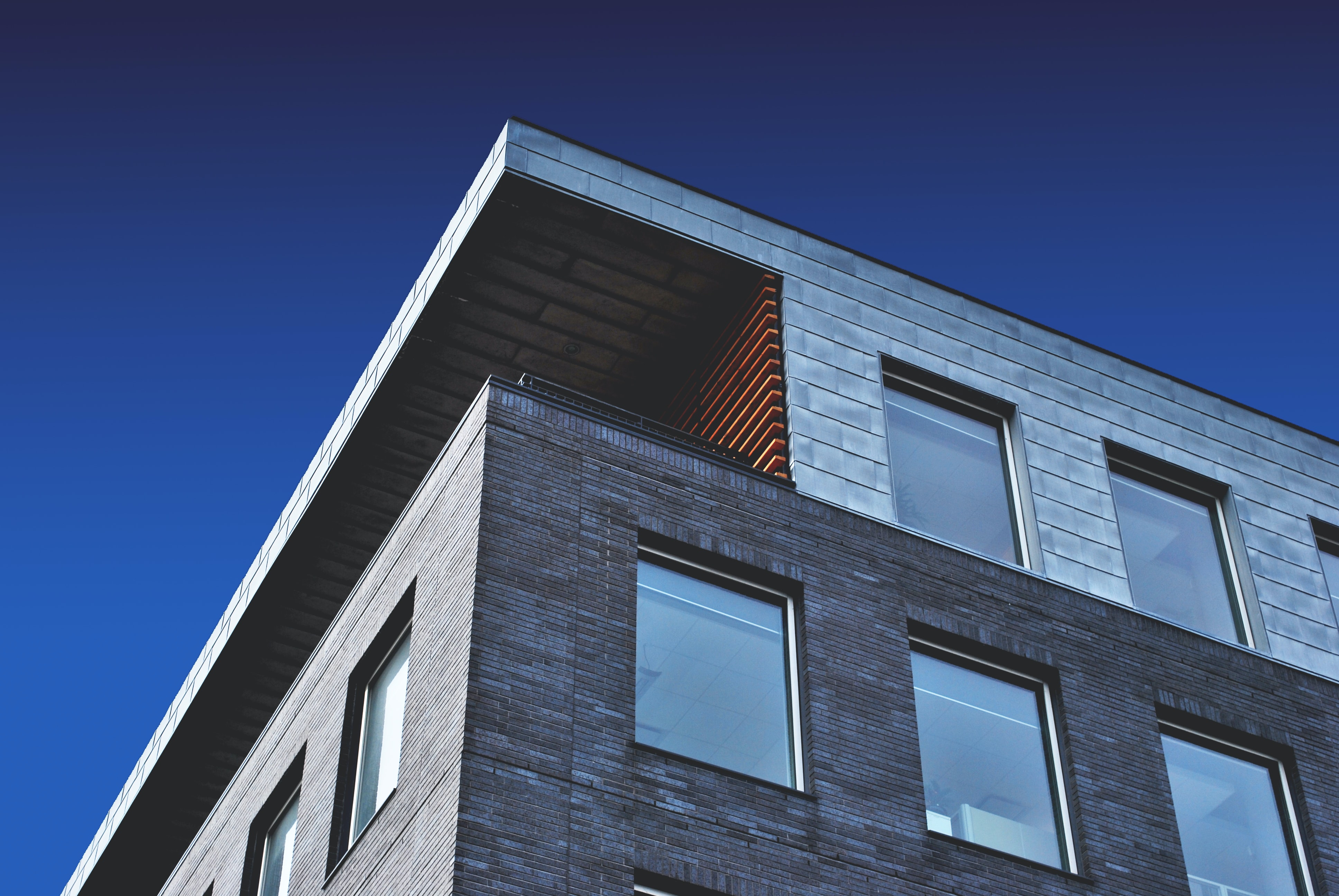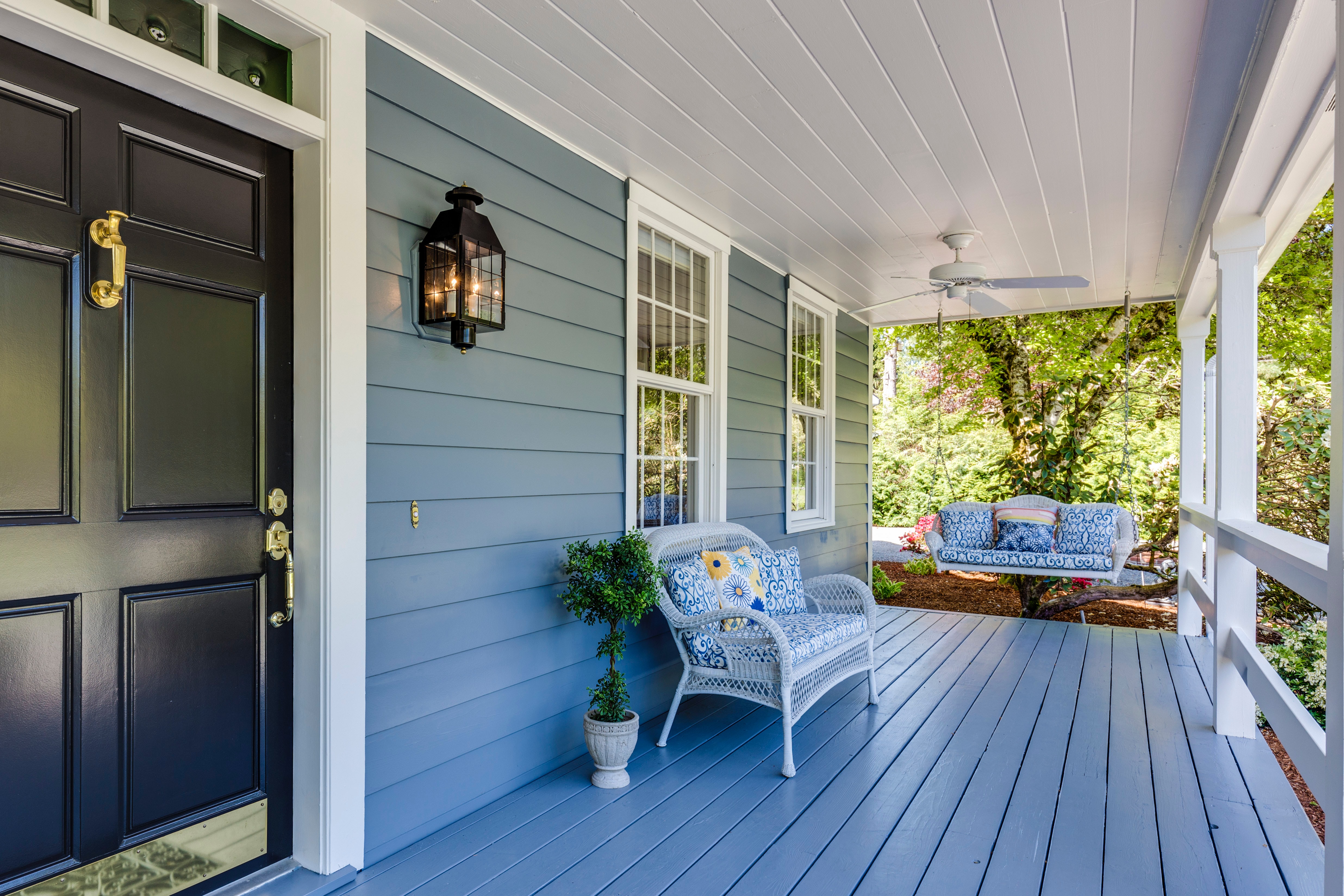what is average cap rate in real estate
Lease Strength: How strong a lease is will determine its strength. This includes the terms of it, including the length, rental rates, lease concessions and rent increases or escalates. Also, default provisions and penalties for breach. The obligations of the tenants (such as paying for property taxes and insurance) and their financial strength. Google is the only tenant in an office building. This means that it has a 5-year term, 3% annual rent escalations, and a guarantee from its parent company. It has a much different risk profile to an office with 50 tenants. Google's corporate financial strength likely means that it would have been able to negotiate a lower rate per foot, lower rent hikes, and better terms than many other smaller tenants. Google's financial strength could mean that the building with smaller and less financially secure tenants may have a lower risk profile than its lease. Strong leases for any asset type – multifamily or retail, industrial, office or commercial - will impact the property's perception of risk and lead to a lower rate of return, which could translate into higher property valuation.




